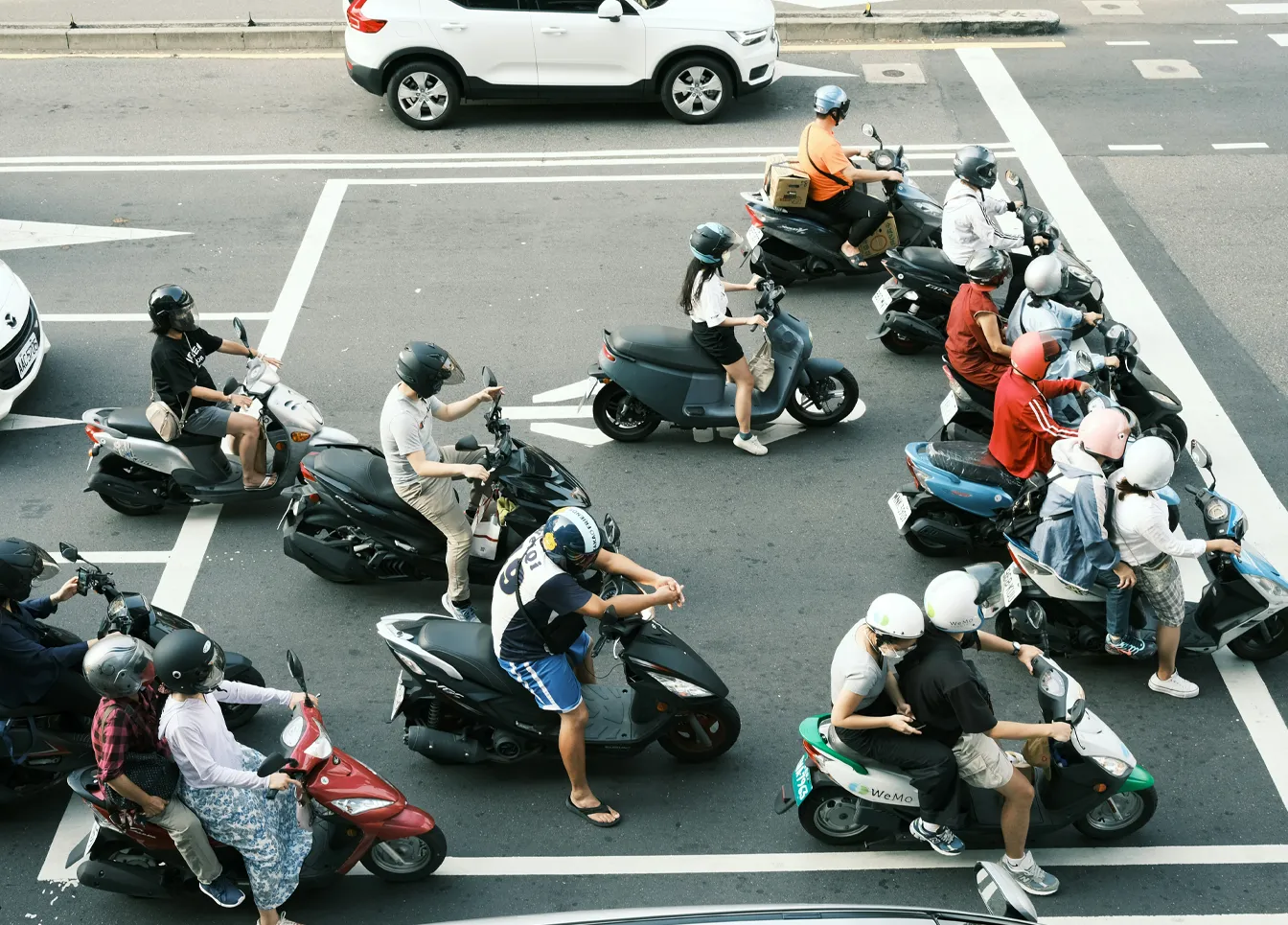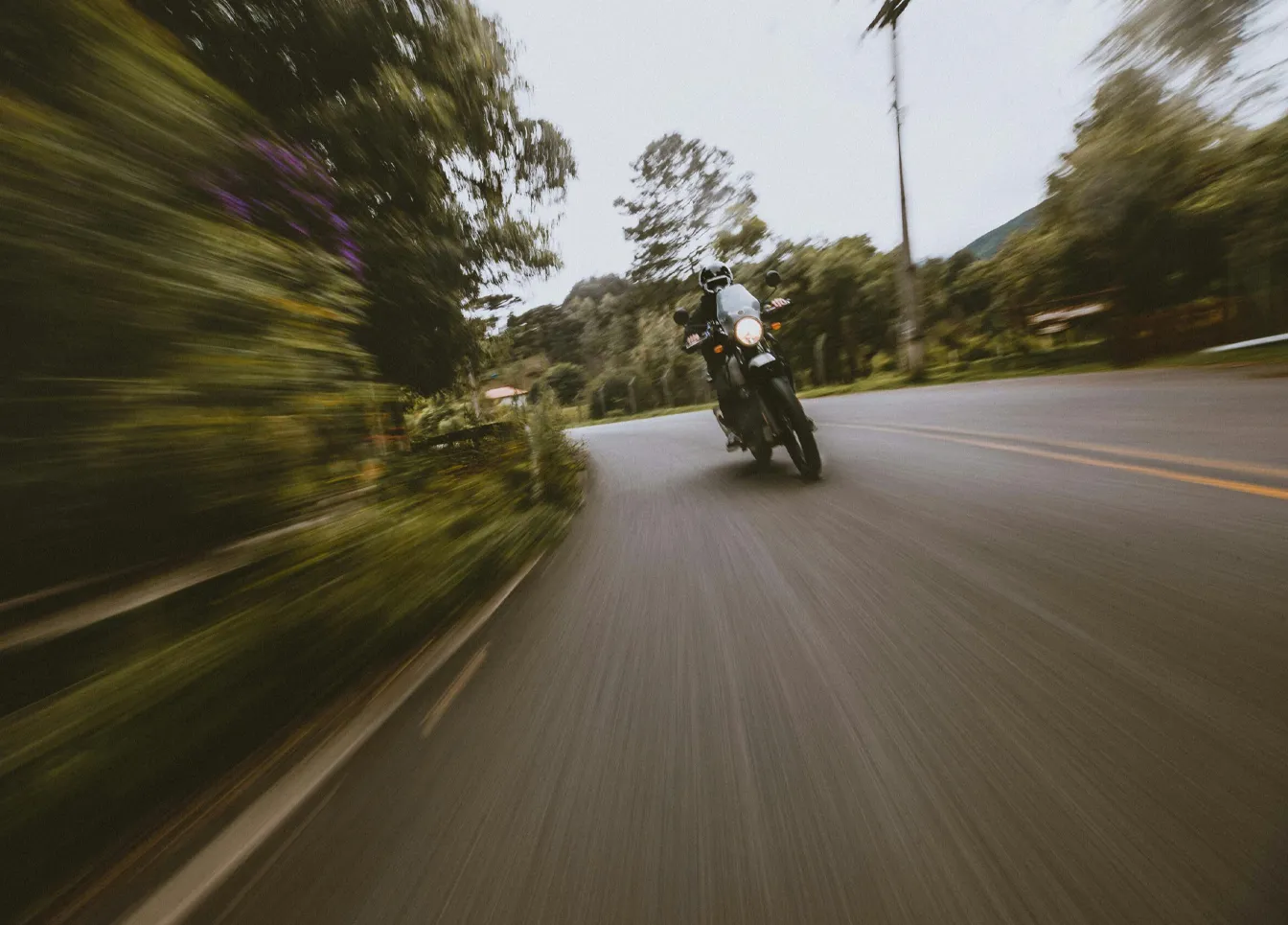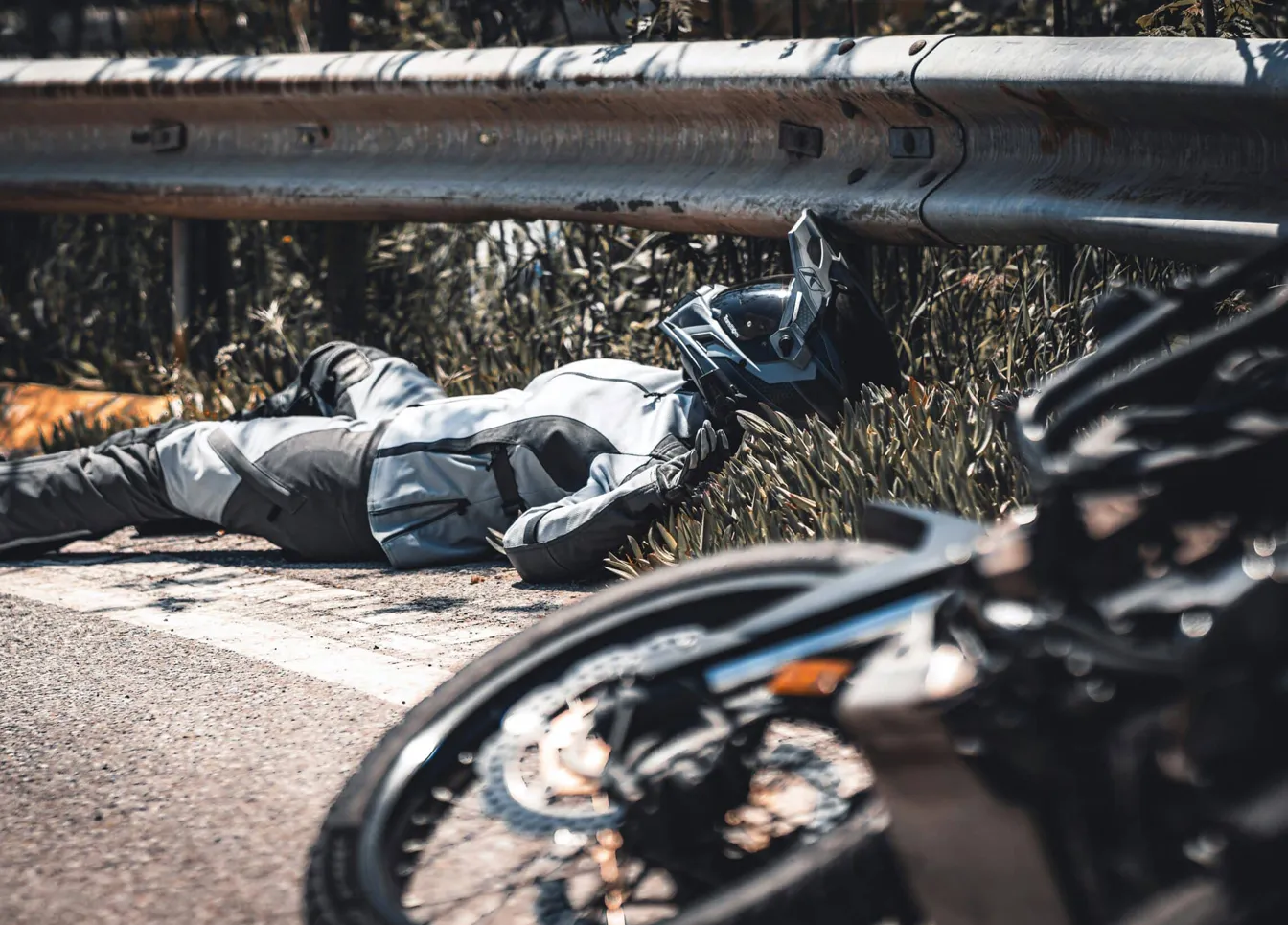A hit-and-run accident can leave victims feeling shocked, frustrated, and unsure of what to do next. Without the at-fault driver on the scene, recovering damages can be more challenging, but taking the right steps can increase your chances of holding the responsible party accountable.
Stay Calm and Ensure Your Safety
The first priority is your well-being. Move to a safe location if possible and check for injuries. If you’re seriously hurt, avoid unnecessary movement and call 911 immediately.
Motorcycles embody freedom, the wind in your face, the thrill of the ride, and the pure adrenaline rush of every twist and turn. But with great freedom comes great responsibility. Motorcycle accidents can lead to serious injuries, long recovery periods, and unexpected expenses. Understanding the risks, common causes, and essential safety measures can help riders stay safer on the road.
The Hard-Hitting Stats on Motorcycle Accidents
Motorcyclists are at a much higher risk on the road compared to car drivers. According to the National Highway Traffic Safety Administration (NHTSA), motorcyclists are 29 times more likely to be injured in a crash than those in passenger vehicles. Why? Unlike cars, motorcycles lack protective frames, airbags, and seatbelts, leaving riders far more exposed in an accident.
Speeding: The Fast Track to Trouble
Speeding is one of the top factors in motorcycle crashes. The NHTSA reports that 33% of motorcycle accidents involve excessive speed. High speeds make motorcycles harder to control, especially when navigating curves, rough terrain, or sudden traffic changes. Even skilled riders can misjudge a turn or encounter unexpected hazards that become dangerous at high velocities.
Alcohol and Motorcycles: A Dangerous Mix
Riding under the influence is a major contributor to motorcycle accidents. In 2020, 1 in 4 motorcycle crashes involved a rider with a blood alcohol concentration (BAC) over the legal limit. Alcohol slows reaction times, impairs judgment, and reduces overall coordination, three things a motorcyclist needs to stay in control. Staying sober isn’t just the law, it’s a lifesaving choice.
Gear Up: The Right Protection Saves Lives
The right protective gear can mean the difference between minor injuries and serious harm. Studies show that wearing a helmet reduces the risk of head injuries by 69%. Jackets, gloves, and reinforced pants not only offer protection in a crash but also improve comfort and visibility. Investing in high-quality riding gear isn’t just smart, it’s essential for any rider looking to reduce injury risk.
Visibility Matters: Be Seen, Be Safe
Nearly 50% of motorcycle accidents occur at intersections, often because other drivers don’t see the rider in time. Improving visibility can significantly lower the risk of collisions. Wearing reflective gear, keeping headlights on even during the day, and maintaining a safe following distance can all help motorcyclists stay visible and avoid dangerous blind spots.
Ride Smart, Stay Safe
Motorcycle accidents are preventable when riders prioritize safety. Slowing down, staying sober, wearing proper gear, and increasing visibility are simple steps that can drastically reduce the likelihood of a crash. Taking a motorcycle safety course can also sharpen skills and help riders stay prepared for real-world road challenges.


The road is open, ride wisely, stay alert, and enjoy the journey responsibly. If you or someone you know has been involved in a motorcycle accident, seeking legal guidance can help navigate insurance claims and recovery options.



